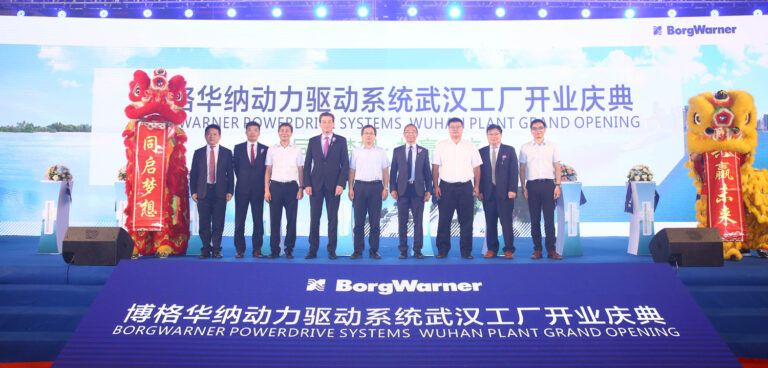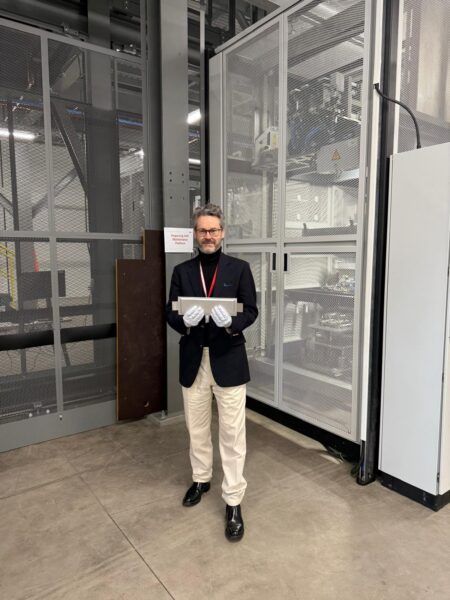BorgWarner has inaugurated its new production plant in the Caidian Economic Development Zone in Wuhan, China. Occupying a land area of 48,595m2 (523,000ft2) and floor area of 26,000m2 (280,000ft2), the new facility integrates comprehensive functions including production, engineering, quality, sales, logistics, administration and finance.
As part of its efforts to support growing demand from the Chinese combustion, hybrid and electric vehicle market, BorgWarner’s new facility will produce drive motors, P2 motors, belt alternator starter systems, starters, alternators and related components.
“This is a new milestone in BorgWarner’s history in China. The new plant will significantly improve our manufacturing capability in combustion, hybrid and electric vehicle products, underpinning our sustained growth in coming years,” said Stefan Demmerle, president and general manager, BorgWarner PowerDrive Systems.
“Leveraging our leading technologies and system integration ability, we will continue to meet growing demand from Chinese electric vehicle (EV) and hybrid-electric vehicle (HEV) customers with our localized production and engineering capability.”
The construction of the Wuhan plant started in 2016, one year after BorgWarner’s acquisition of Remy. The new facility integrates the former Remy plant with nearby production sites and adds new production lines.
In addition to its original capacity, the new plant will produce drive motors, P2 motors, and other EV and HEV products locally for the first time. More than 300 employees currently work in the plant, and the company expects the workforce to double in five years.





